Retro Replay Review
Gameplay
In Omega Race, the core of the experience revolves around tight, physics-driven spaceship control and relentless waves of enemy “Droid” ships. You pilot a small triangular craft that must rotate, thrust, and shoot with precision. The absence of an on-screen joystick means all movement is inertia-based—once you fire your thrusters, your ship keeps moving until you deliberately counteract that momentum. This system rewards foresight and skill, turning each battle into a delicate dance of acceleration, deceleration, and well-timed shots.
(HEY YOU!! We hope you enjoy! We try not to run ads. So basically, this is a very expensive hobby running this site. Please consider joining us for updates, forums, and more. Network w/ us to make some cash or friends while retro gaming, and you can win some free retro games for posting. Okay, carry on 👍)
The inclusion of Droid-dropped mines introduces an extra layer of tension. Mines drift idly until they either collide with your ship or are incinerated by your laser fire. Successfully shooting a mine clears the area temporarily, but missing it can leave you grappling with unpredictable bounces against the screen’s edges. These bouncing mechanics are punishing yet fair: when you hit a boundary, a force wall sends you ricocheting into the playfield, and you must regain control before the next Droid swoops in.
Enemy behavior evolves subtly as you progress. Standard Droids approach in formations, attacking directly, but the last ship in each flight breaks formation to spiral ominously around your vessel. This spiral pattern forces you to adapt quickly, juggling between offense and evasion. Since there is no definitive end to the game, each escalating level compounds these challenges, testing both your reflexes and strategic approach to movement.
Because Omega Race is purely score-driven, every encounter becomes an opportunity to refine your technique. Mastering thrust control to orbit around incoming threats, predicting bounce trajectories, and timing your shots against swirling Droids will all contribute to longer survival times and higher scores. The game’s simple premise blossoms into a deep test of spatial awareness and hand-eye coordination.
Graphics
Omega Race embraces a minimalist, vector-based aesthetic that harkens back to the golden age of arcade gaming. The ship and enemy Droids are rendered as crisp lines and geometric shapes, ensuring all on-screen elements remain clear even in the heat of action. The stark contrast between the dark playfield and bright, glowing outlines helps players quickly distinguish friend from foe, enhancing both readability and immersion.
Though modern titles often tout flashy shaders and complex 3D models, Omega Race proves that simplicity can be equally compelling. The mines, Droids, and force-wall bounces are all communicated through basic animation cues—spinning, flashing, or pulsing outlines—which remain easy to track, even during frantic exchanges. This stripped-down presentation keeps your focus on gameplay rather than on elaborate visual effects.
Each level change brings subtle tweaks to color palettes and line weight, providing visual variety without compromising clarity. The rotating spiral of the last Droid adds a hypnotic quality to the battlefield, offering both an aesthetic flourish and a gameplay warning. While the visuals won’t win awards for realism, they serve the core mechanics with precision and style, creating a cohesive look that suits the game’s fast-paced nature.
Story
While Omega Race does not offer a traditional narrative or character arcs, it crafts an understated storyline through escalating challenge and sheer perseverance. You are a lone pilot facing endless waves of mechanical adversaries, each flight of Droid ships representing another test of your resilience. The absence of cutscenes or exposition reinforces the raw, arcade-style purity of the experience—your story is written in the high-score table.
The unfolding drama emerges from gameplay itself. As you progress, the spiraling Droids become more aggressive, and the mine placements grow trickier. Each close call, each bounce off the force-wall, and each narrow escape contribute to a personal narrative of survival and improvement. Though there is no scripted climax, the escalating levels provide a sense of rising stakes and momentum.
For players who relish self-driven goals, Omega Race’s story is about mastering the fundamentals, outlasting previous attempts, and achieving incremental triumphs. The game’s endless nature underscores the concept of an unceasing cosmic battle—a fitting backdrop for those who find their motivation in refining skills and topping the leaderboard rather than following a predefined plot.
Overall Experience
Omega Race excels as a distilled arcade experience focused on skillful movement and relentless challenge. Its control mechanics, centered on inertia and thrust, feel tactile and rewarding once mastered. Shooting down formations of Droids, clearing mines, and surviving the unpredictable rebound off force-walls all combine into a gameplay loop that is easy to learn but difficult to perfect.
The game’s minimalist vector graphics may appear dated to some, but they deliver unmatched clarity and a timeless, retro charm. Every on-screen element is immediately recognizable, and the lack of visual clutter ensures that split-second decisions remain the highlight. Meanwhile, the absence of a conventional storyline is offset by an emergent narrative of high-score pursuits and personal milestones.
Ultimately, Omega Race offers an engaging, no-frills journey for fans of classic arcade shooters and newcomers intrigued by physics-based control schemes. Its infinite progression model invites repeated play sessions and fosters a satisfying loop of continuous improvement. If you’re seeking a game that emphasizes pure gameplay mechanics over narrative depth, Omega Race stands out as an addictive, skill-driven title that rewards practice with unforgettable arcade thrills.
 Retro Replay Retro Replay gaming reviews, news, emulation, geek stuff and more!
Retro Replay Retro Replay gaming reviews, news, emulation, geek stuff and more!
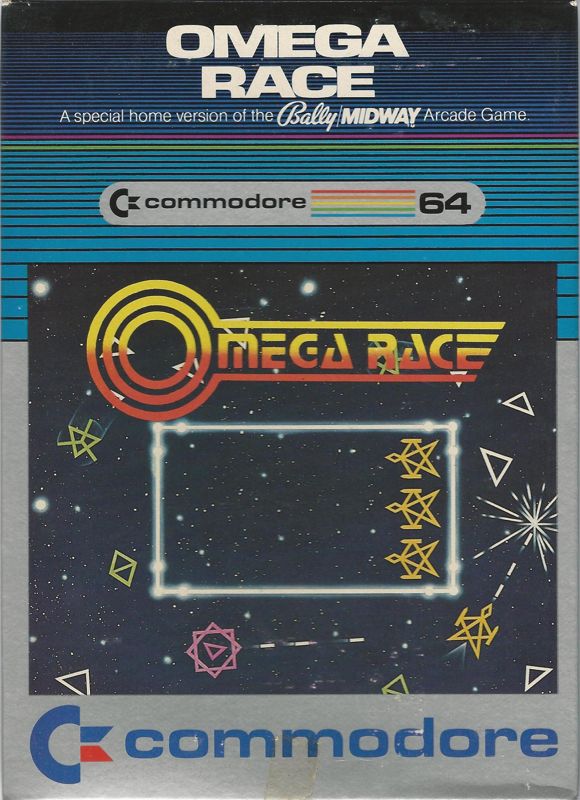
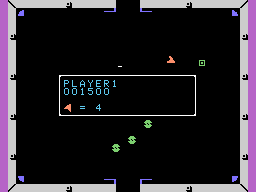
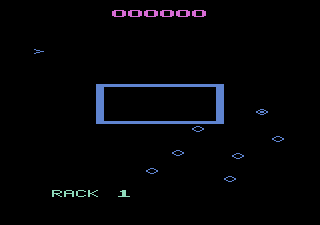
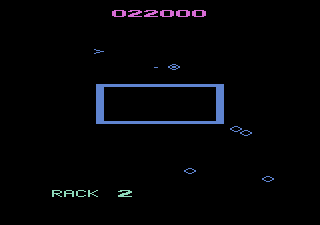
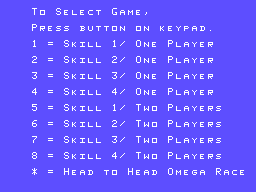
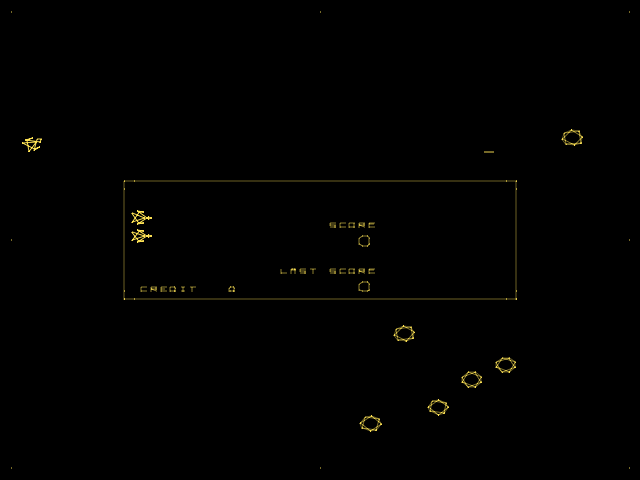
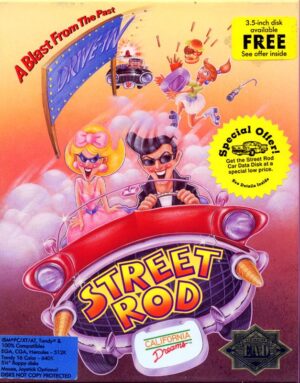


Reviews
There are no reviews yet.